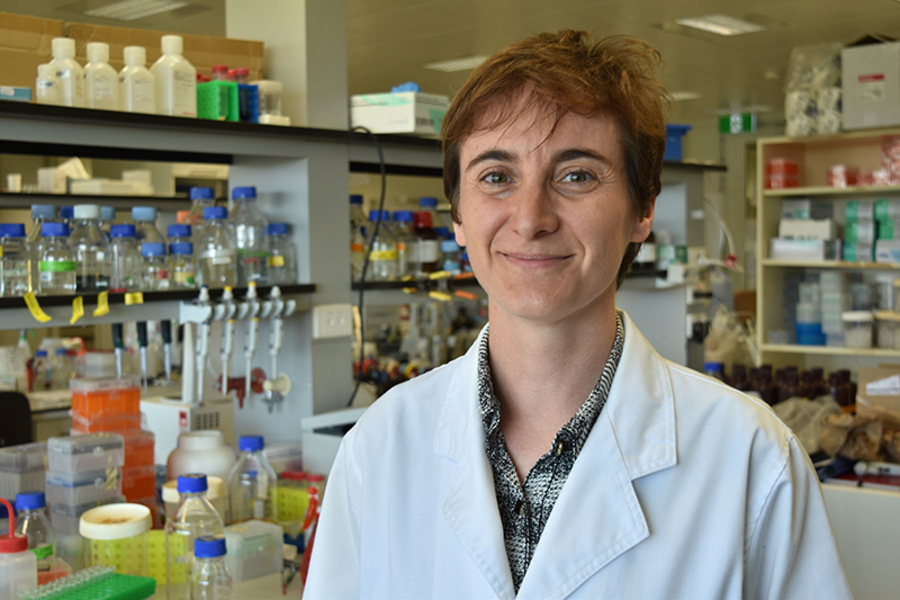Written by Christiana Staudinger for the Austrian Science Fund FWF scilog magazine. Original article here.
It was my fascination with below ground plant life that brought me to Perth. Following my PhD studies at the University of Vienna I spent two years working in my family’s business, and while these years were rich with learning opportunities and beautiful moments with employees and clients, my desire to contribute to the understanding of how plants shape their soil environments and how species interact below ground always simmered in the background. This led me to apply for a Schrödinger Fellowship at FWF in order to join the groups of leading plant scientists Hans Lambers and Harvey Millar at the University of Western Australia.
Life in extreme environments
Life in Perth is unique in many respects. The Western Australian capital is the world’s most remote major city – the next nearest city of over one million is situated 2100 km to Perth’s east. No matter which direction you go, as soon as you leave the suburbs you get a sense of Australia’s remoteness and nothingness. You find yourself surrounded by ancient landscapes with some of the world’s least fertile soils. And yet this is a region that, surprisingly, is full of life and classified as one of the planet’s 25 biodiversity hotspots due to its diverse and rich flora. Under unique conditions, plants here have evolved specific ecomorphological adaptations. One such adaptation is cluster roots, which are key to my research interests.
Valuable neighbours to interact with
Many members of the most species-rich plant families found in Western Australia are cluster root forming species. Their specialised root structures are highly effective in mobilising recalcitrant soil phosphorus forms, thereby making it available for plant nutrient uptake. During the wet season dense mats of cluster roots form within the first few centimetres of soil. Holding a native Australian cluster root in my hands for the first time was definitely one of the most memorable moments of my life.
My research investigates how neighbouring species that are non-cluster root forming react to cluster root activity nearby, and whether positive species interaction occurs. These interactions found among native Australian plants have potential relevance in agricultural systems that involve cluster root-forming crops, such as wheat-lupin intercropping. I am currently investigating the role of root extracellular proteins in this context.
Besides being a biodiversity hotspot, Perth is also a hotspot for interactions among scientists. In fact, I suspect that the city’s geographical isolation raises the awareness that every interaction with a colleague is precious. Here, everyone knows everyone. Symposia and meetings are frequently organised by local researchers and when international visitors give talks the rooms are packed, with contributions highly appreciated. During my time here, my research network grew dramatically. It is a joy to exchange ideas with colleagues, and opportunities I’ve had to co-supervise international PhD students inspire my own work on a daily basis.
Listening and understanding
My experience as a young researcher abroad has provided unexpected insights – the kind of insights that often remain unmentioned in research proposals and scientific publications. From a biologist’s perspective, spending an extended period within an unfamiliar ecosystem is invaluable for triggering open-mindedness and for the generation of new hypotheses. Building a life and friendships on another continent fosters skills for working in intercultural teams.
One experience that will remain with me was when I came across a landmark that is sacred to the local Aboriginal community. An information board provided the dreamtime story associated with this landmark, and it explained that the way to experience it was not by conquering or climbing it but that “The real thing is listening. Listening and understanding everything.” As scientists, we are in the privileged position of being able to dig deep with the aim of understanding the processes of life, and to share our understanding in the form of testable stories. Stories that inform our decisions on how we want to live together and interact with our environment. This perspective fills me with excitement, gratitude and humility.

